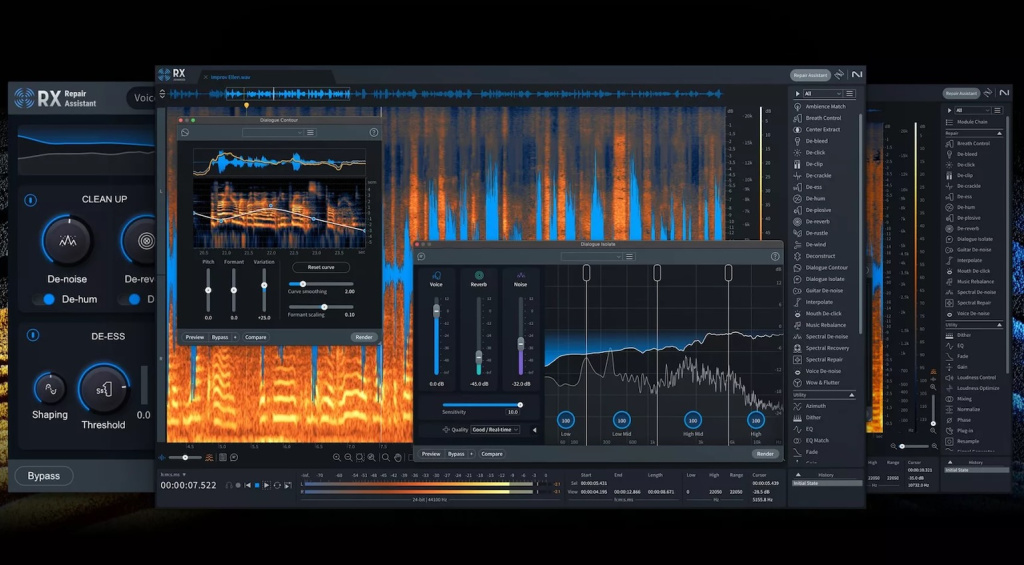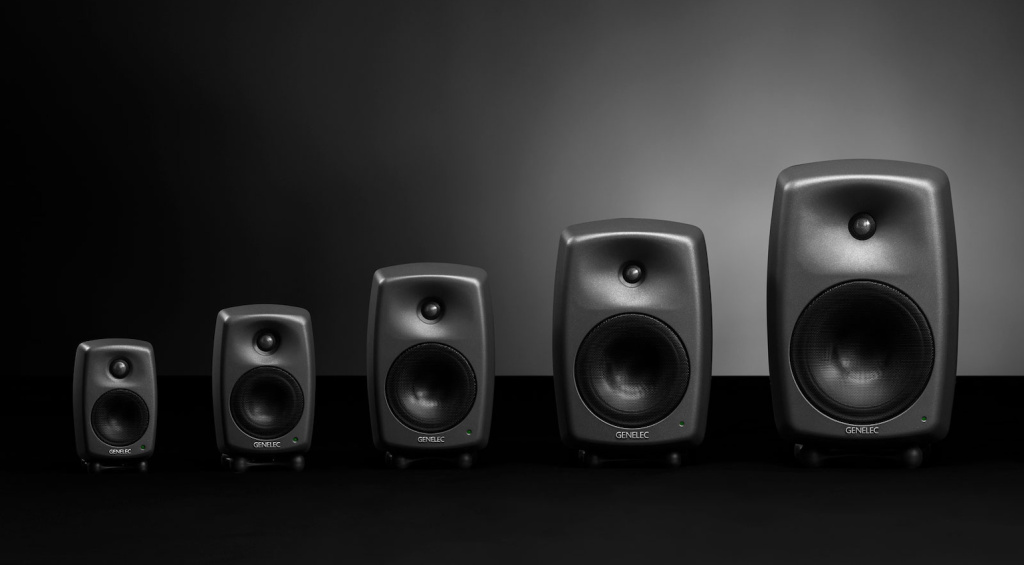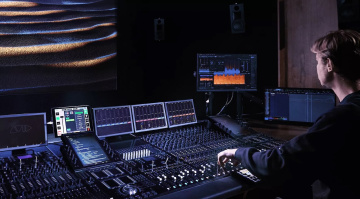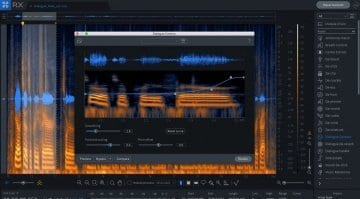Audio Post-Production for Video: Enhancing Visuals with Sound
Get professional audio production in your videos.
Audio post-production for video is a crucial aspect of modern media, whether you’re creating a Netflix show or your next YouTube video.
In this Article:
Audio Post-Production for Video
Today, we sit firmly in the content era of digital media, in which both long and short-form video content carries a huge amount of weight in the marketplace. In the past, we had distinctly defined approaches for dealing with audio production in film, broadcast, and documentaries. However, the decentralization of media has created a far more nuanced DIY landscape for video production in which there are various niches.
When it comes to audio post-production techniques, some of the same rules still apply. This means that even if you’re shooting handheld vlog content, where the expectation of audio quality is not at the same standard as a feature film, we can still use the same methods to enhance speech and create dramatic and immersive atmospheres by ducking the music under the dialogue.
Regardless of the kind of video, the process involves editing recordings, balancing and mixing the audio, adding and creating sound effects, and mastering the project at the appropriate loudness standard for TikTok, YouTube, Instagram, or wherever your video content is being published. Always remember that the job of any audio track is to reinforce the storytelling
Audio Post-Production for Video: The Role of Audio in Video
Any form of accompanying sound provides context for video, and it becomes a foundational part of the narrative being presented. The style of audio production alone can give the video a serious, comedic, or fantastical tone, providing an emotional base for the audience to interpret.
As in music, busy or sparse production approaches have particular implications for the viewer. For example, the master film-maker David Fincher uses the ambience of a crowded bar to add tension to the dialogue in the famous opening scene of The Social Network, which is perfectly punctuated by the Oscar-winning score from Trent Reznor and Atticus Ross.
When you work on larger projects, chances are that you’ll get a brief or references to guide your approach. On smaller projects, however, you’ll have to ask yourself questions like “What is the video trying to portray?” as this will help you decide whether to recreate realism or not with your approach to the audio post-production.
If you want to quantify the importance of having good quality audio production, simply film a video clip on your phone and compare the audio with a clip from one of your favourite creators. Of course, the video footage is unedited, but notice how the lack of defined audio enhancement makes the clip quite unfocussed.
Audio Post-Production for Video: The Workflow
Despite all the AI-assisted one-click processing plugins we have at our disposal, audio post-production is still a multistage operation in which we focus on different elements at each step. Unless we’re producing an avant-garde silent film, dialogue is the first item on the checklist and the most important to get right.

By removing and reducing noise, tightening sync, and using voice compression, we can ensure the clarity and intelligibility of the dialogue. Meanwhile, sound design, Foley, and effects sync are all key elements that become environmental parts of video production. We can use these to emphasize, highlight, and complement the dialogue in different ways.
In some cases, on-set recordings are not usable in the final product, so you have to record a studio version known as Automated Dialogue Replacement (ADR). This process can be tricky because you are often matching speech recordings with those captured on set, but luckily, there is a range of specialized software dedicated to dialogue matching.
Chances are that you aren’t going to compose a masterpiece for every short-form video clip you release. This is why editing of pre-recorded music becomes important, as you can learn to match the tempo and structure of the music to the editing pace of the video. Once the sound is all placed, processed, and synced, it’s time to iron out the levels in the final mix and then polish the audio for the respective publishing platform in mastering.
Remember that each step contributes to a more engaging video:
- Dialogue Editing
- Sound Design
- ADR (Automated Dialogue Replacement)
- Music Editing
- Mixing
- Mastering
Audio Post-Production for Video: Tools and Software
While any DAW will do for the most part, there are some software platforms that are better suited to post-production workflows than others. Keep in mind that you aren’t making beats, so the audio capabilities of the DAW become more pivotal in audio post. You can find software in different price ranges, from free options like Audacity to budget options like Reaper, as well as more specialized solutions such as Adobe Audition and Steinberg Nuendo.

Plugins will also expand the capabilities of your DAW, like iZotope RX, which offers a range of post-production tools for tackling most of the problems you’ll encounter. Noise reduction, EQ, compression, and reverb are all processors you can use to enhance the speech, effects, and music to create a balanced and cohesive soundtrack.
Meanwhile, the hardware you use, like your studio monitors or headphones, plays a crucial role too. By using an accurate monitoring system that you trust, you can focus on the finer details of your production. What’s more, any adjustments you make become intuitive when you’re working on speakers or headphones that translate well on other playback systems.
Audio Post-Production for Video: Key Techniques
While some aspects of post-production rely on technical precision, others will draw from your creative ideas to get the best results:
- Dialogue Enhancement / Noise Reduction: Audio recorded on location is often riddled with background noise, as well as wind or even buzzing from audio equipment. With spectral repair software like Steinberg SpectraLayers, you can isolate these problematic elements while maintaining speech quality.
- EQ & Dynamics Processing: To create a space for your dialogue channels, you can focus on the frequency range they occupy and cut this away from your music and effects tracks. Meanwhile, compression is essential for keeping the voice at a constant level.
- Spatial Mixing & Panning: Using the extent of your stereo image can enhance the realism of your videos and make watching them a more enthralling experience. Dialogue goes in the center, but try playing with incidental effects like panning the sound of someone walking as they go from one side of the screen to the other.
- Foley & Sound Effects: Having a well-curated sound effects library, or better, the skill to record and create your own, is an essential part of post-production. High-quality sound design can give your video production a unique edge that makes it more memorable to the audience.
- Music Editing: Try putting a compressor on the music channel and sidechaining the main dialogue track. This will pull the music level down and immediately create more headroom whenever the dialogue signal is present.
More about the Audio Post-Production for Video:
*Note: This article contains promotional links that help us fund our site. Don’t worry: the price for you always stays the same! We will receive a small commission if you buy something through these links. We appreciate your support!
 3,0 / 5,0 |
3,0 / 5,0 | 






